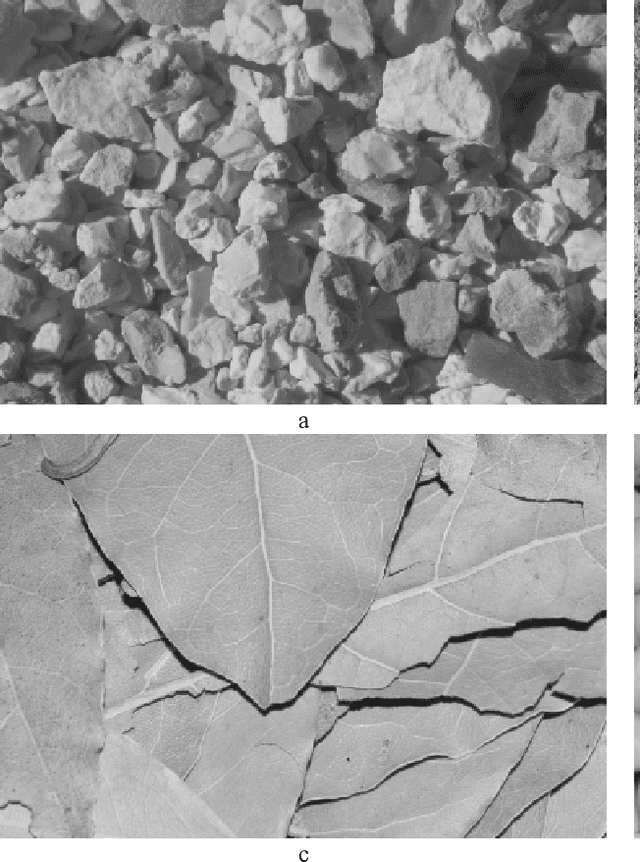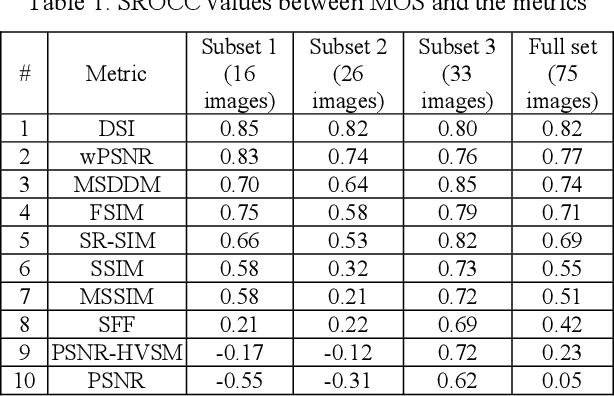Vladimir Lukin
Estimation of Variance and Spatial Correlation Width for Fine-scale Measurement Error in Digital Elevation Model
Jan 23, 2018



Abstract:In this paper, we borrow from blind noise parameter estimation (BNPE) methodology early developed in the image processing field an original and innovative no-reference approach to estimate Digital Elevation Model (DEM) vertical error parameters without resorting to a reference DEM. The challenges associated with the proposed approach related to the physical nature of the error and its multifactor structure in DEM are discussed in detail. A suitable multivariate method is then developed for estimating the error in gridded DEM. It is built on a recently proposed vectorial BNPE method for estimating spatially correlated noise using Noise Informative areas and Fractal Brownian Motion. The newly multivariate method is derived to estimate the effect of the stacking procedure and that of the epipolar line error on local (fine-scale) standard deviation and autocorrelation function width of photogrammetric DEM measurement error. Applying the new estimator to ASTER GDEM2 and ALOS World 3D DEMs, good agreement of derived estimates with results available in the literature is evidenced. In future works, the proposed no-reference method for analyzing DEM error can be extended to a larger number of predictors for accounting for other factors influencing remote sensing (RS) DEM accuracy.
Statistical evaluation of visual quality metrics for image denoising
Nov 02, 2017



Abstract:This paper studies the problem of full reference visual quality assessment of denoised images with a special emphasis on images with low contrast and noise-like texture. Denoising of such images together with noise removal often results in image details loss or smoothing. A new test image database, FLT, containing 75 noise-free "reference" images and 300 filtered ("distorted") images is developed. Each reference image, corrupted by an additive white Gaussian noise, is denoised by the BM3D filter with four different values of threshold parameter (four levels of noise suppression). After carrying out a perceptual quality assessment of distorted images, the mean opinion scores (MOS) are obtained and compared with the values of known full reference quality metrics. As a result, the Spearman Rank Order Correlation Coefficient (SROCC) between PSNR values and MOS has a value close to zero, and SROCC between values of known full-reference image visual quality metrics and MOS does not exceed 0.82 (which is reached by a new visual quality metric proposed in this paper). The FLT dataset is more complex than earlier datasets used for assessment of visual quality for image denoising. Thus, it can be effectively used to design new image visual quality metrics for image denoising.
 Add to Chrome
Add to Chrome Add to Firefox
Add to Firefox Add to Edge
Add to Edge